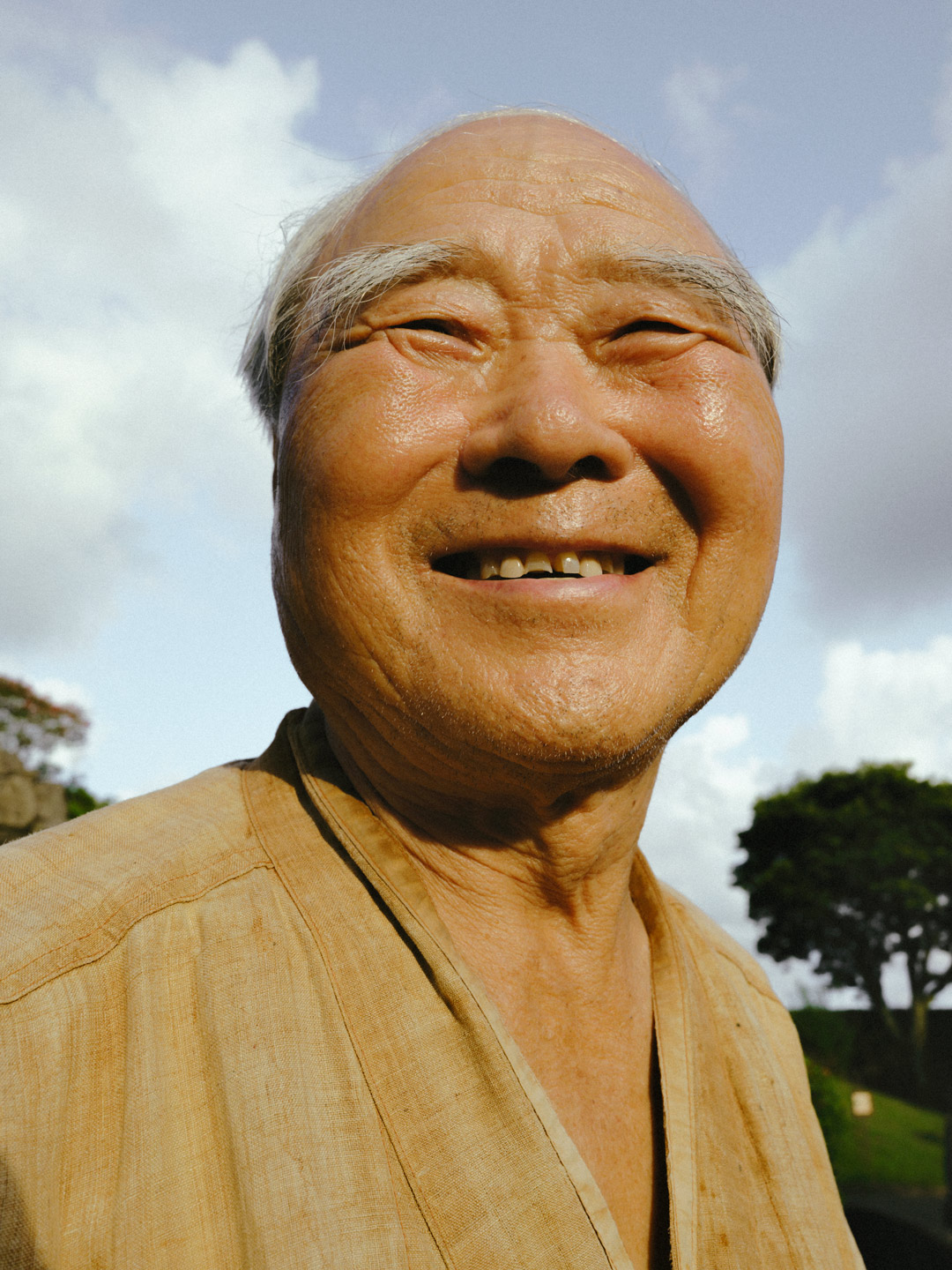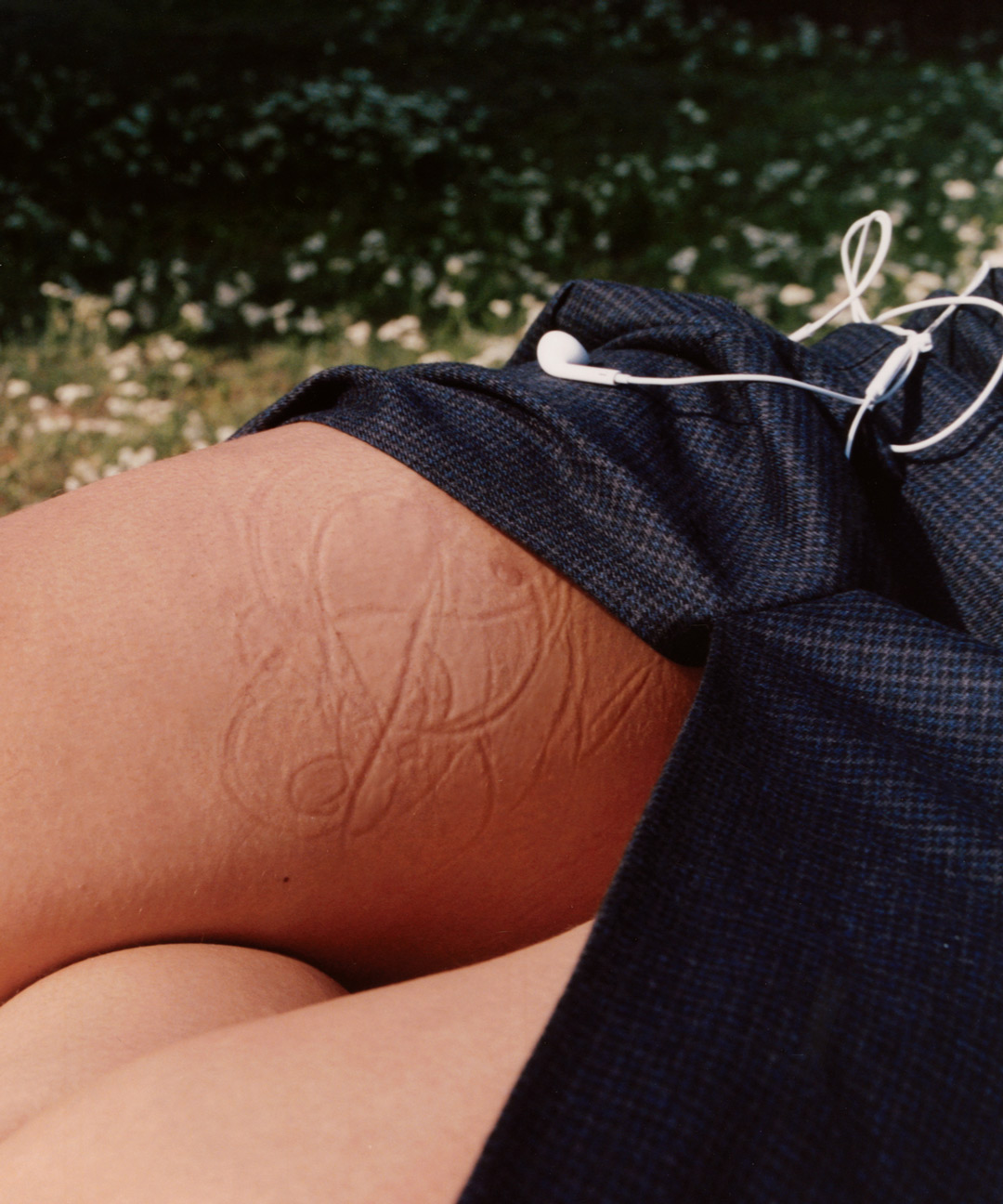PLANT BLINDNESS
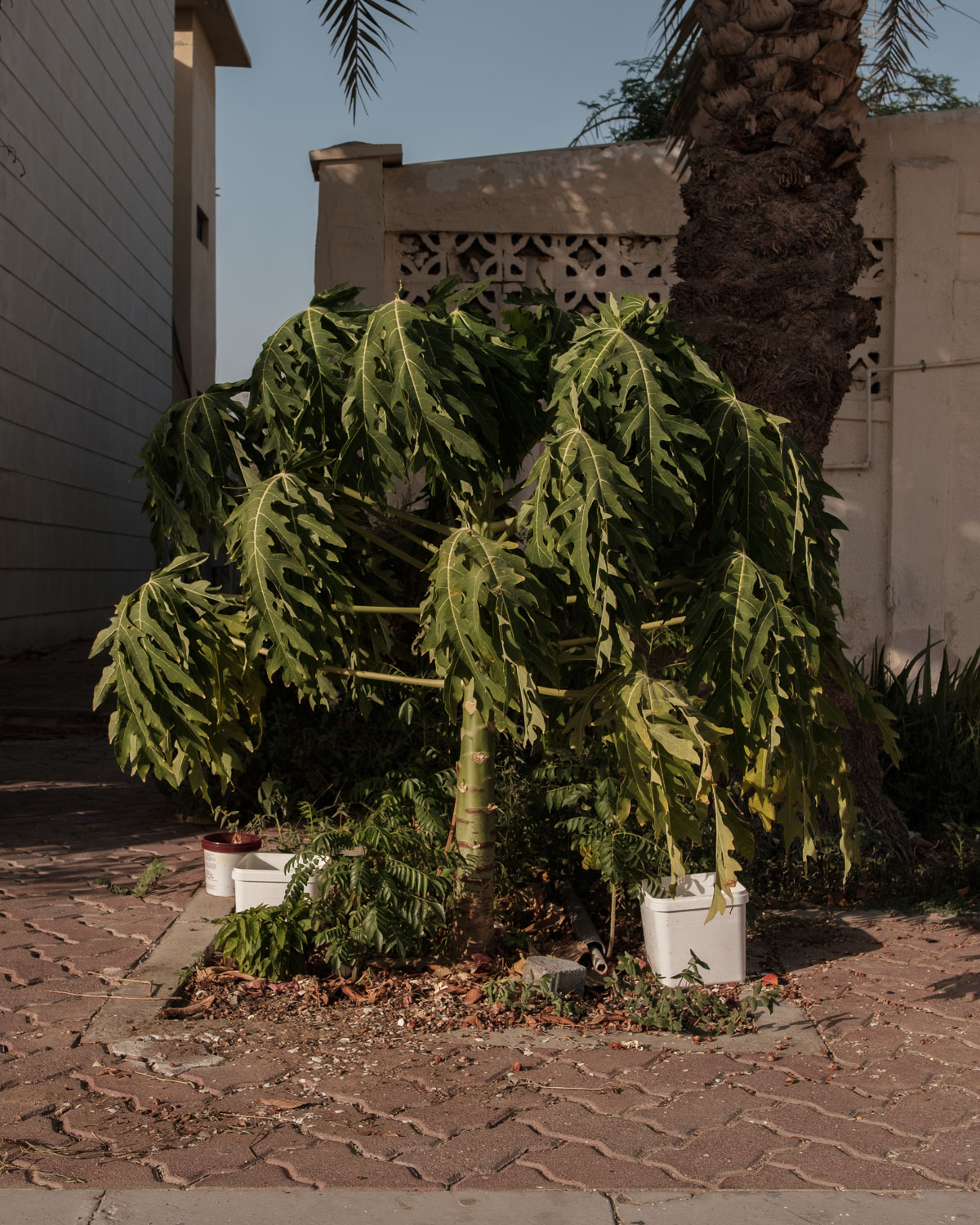
Anna Jopp
A project created by the artist during her residency at Manarat Al Saadiyat, Abu Dhabi.
Plant blindness, coined by Wandersee and Schussler in the 1990s, refers to the failure to notice or value plants and their role in ecosystems and human life. With climate change intensifying, this oversight becomes more critical, especially in urban settings where plant life is often undervalued.

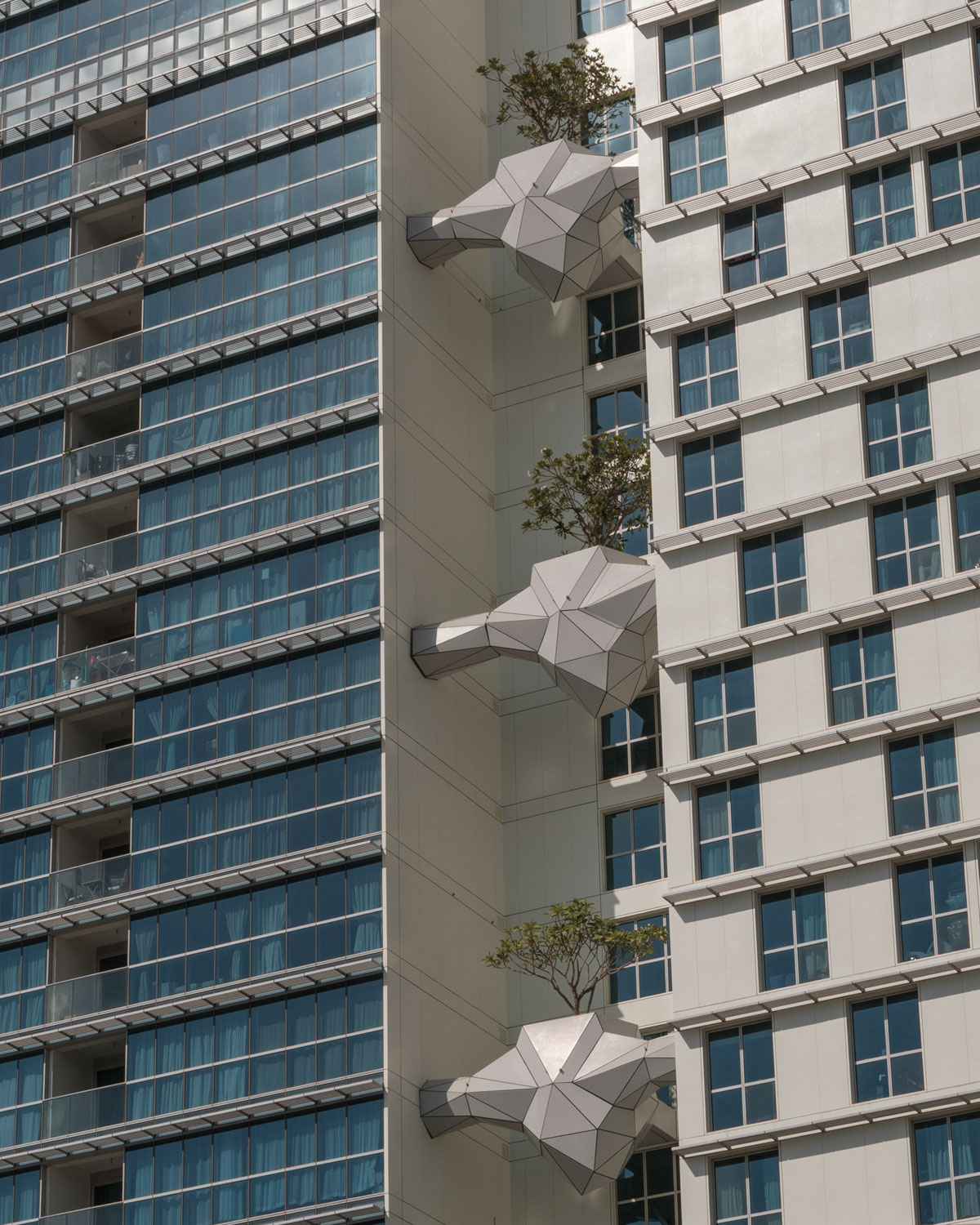
“My photographic journey across the UAE cities is an exploration of patterns and narratives in the life of plants as shaped by humans in public spaces, both in formal as well as, if not primarily, informal urban settings. I start with the most visible – the green areas planted to decorate streets and neighbourhoods. I then discover how shopkeepers and residents plant and maintain their own gardens. These can be a few flower pots in front of a shop or bigger gardens planted in front of residential buildings.
I then observe how others make use of existing plants. In hidden alleys of the inner cities or in remote industrial areas, I even find small fruit and vegetable gardens, in which the gardeners come up with elaborate ways of protecting their plants from excessive sun, insects or streets cats. I see the contrast between carefully designed municipal watering systems for plants as contrasting with improvised solutions using air conditioning drain. To me, all these efforts manifest the need of human connection with nature in the most surprising settings and the need to feel ‘at home’ in the city, manifesting itself through gardening.
Improvised gardens planted by residents by the sidewalks in the middle of carefully designed cities get a new meaning in the context of global warming and food security, while plants growing in the most unexpected spots say a lot about how powerful they are and how we should stop seeing them as decoration and produce only in the end. “
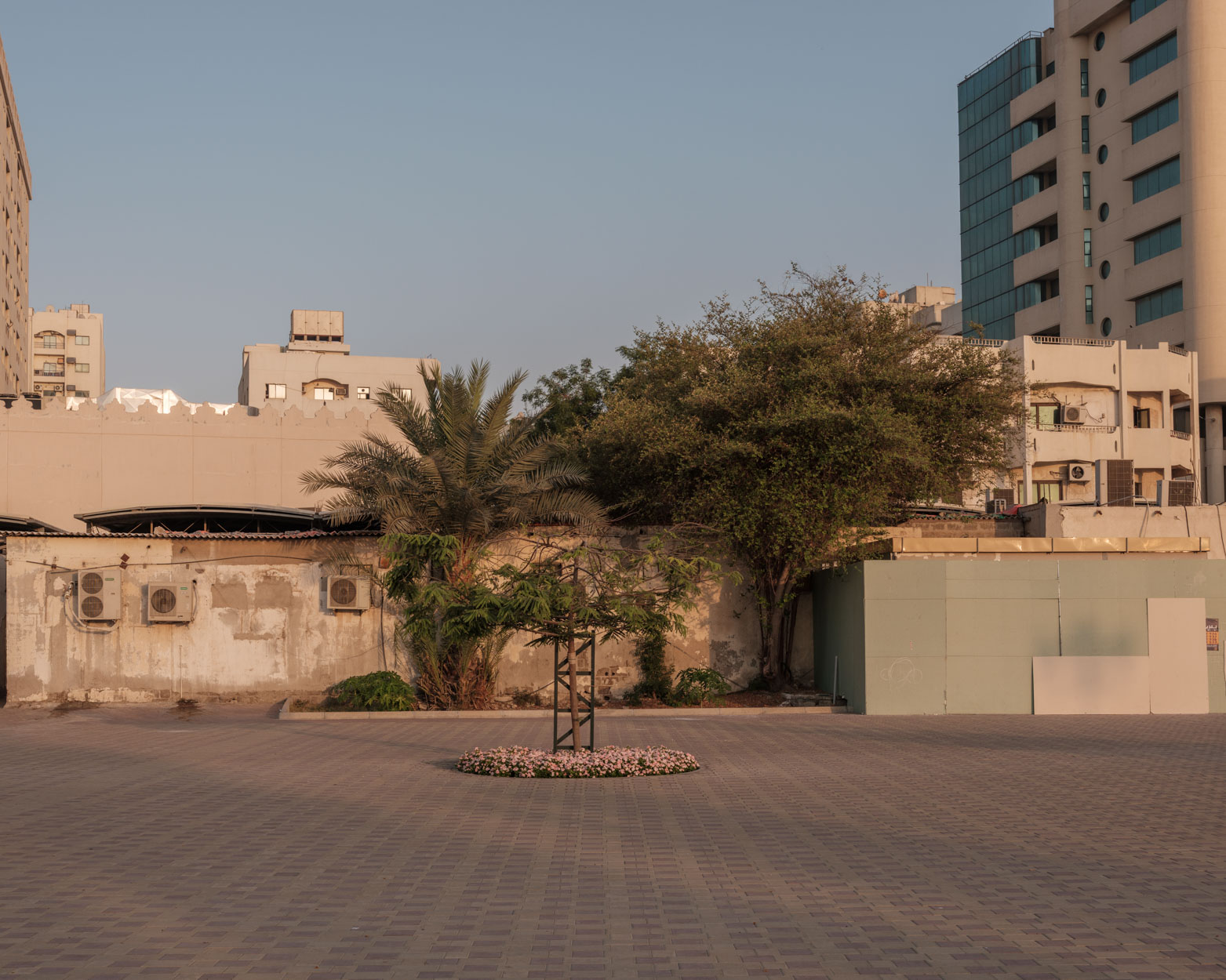
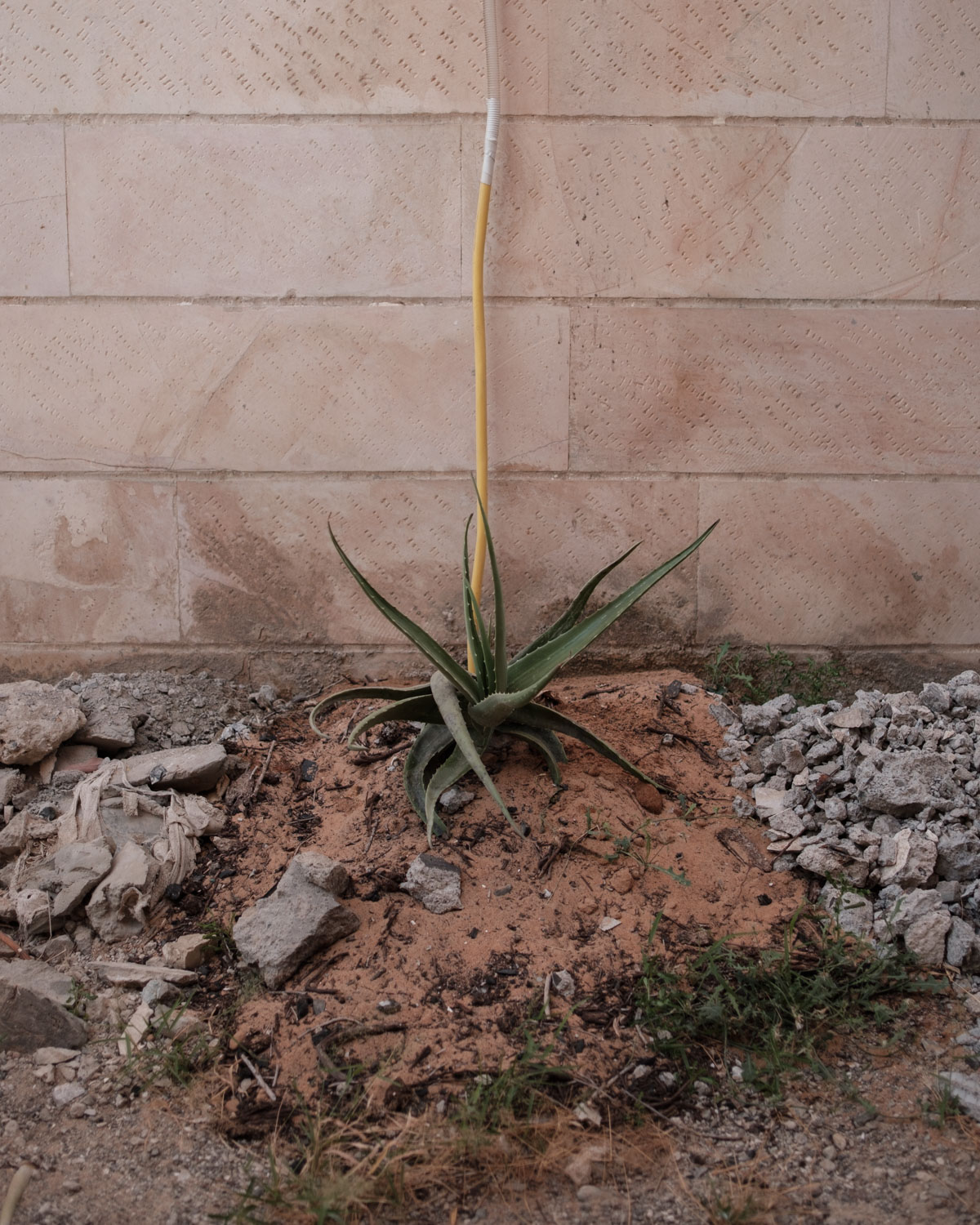

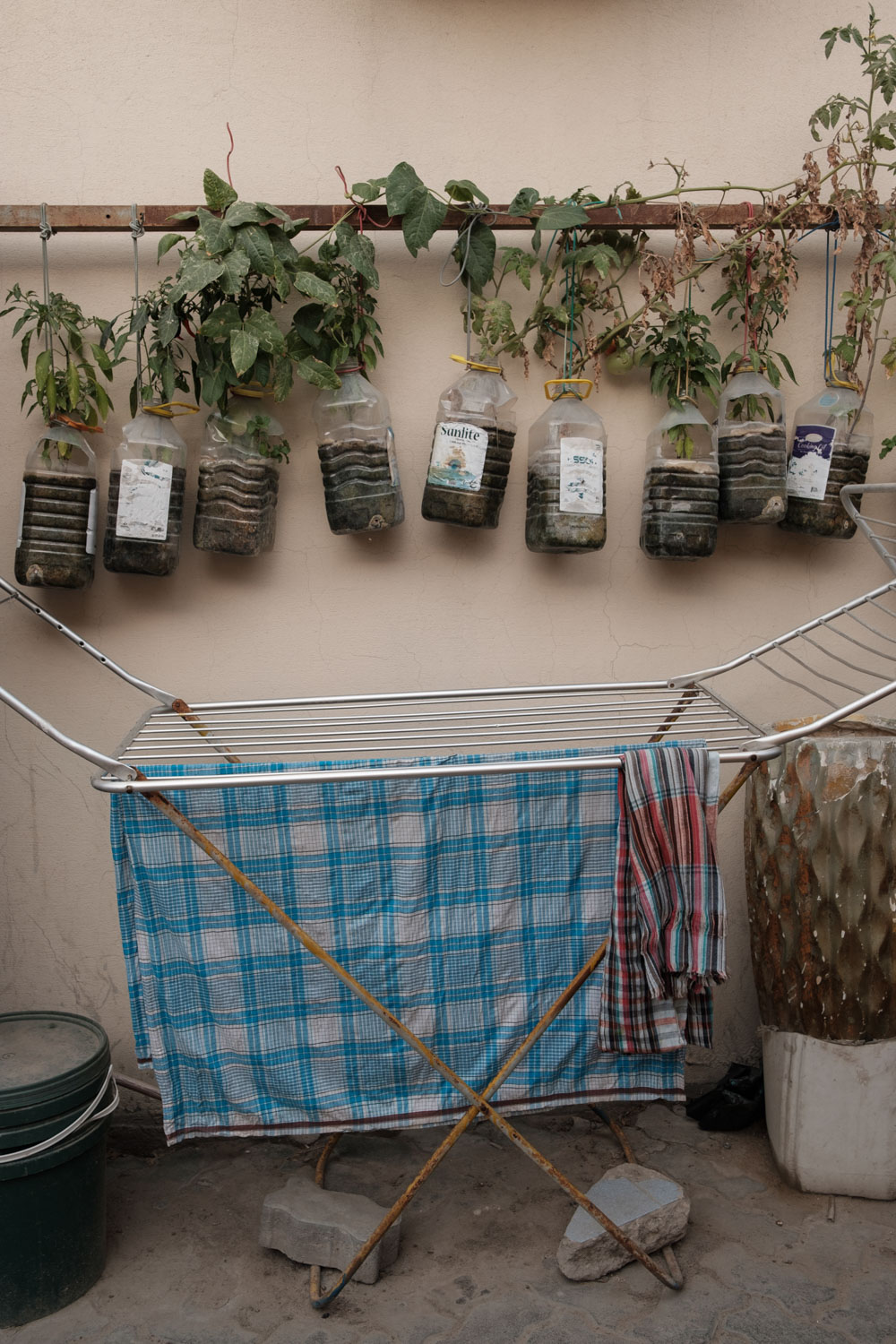
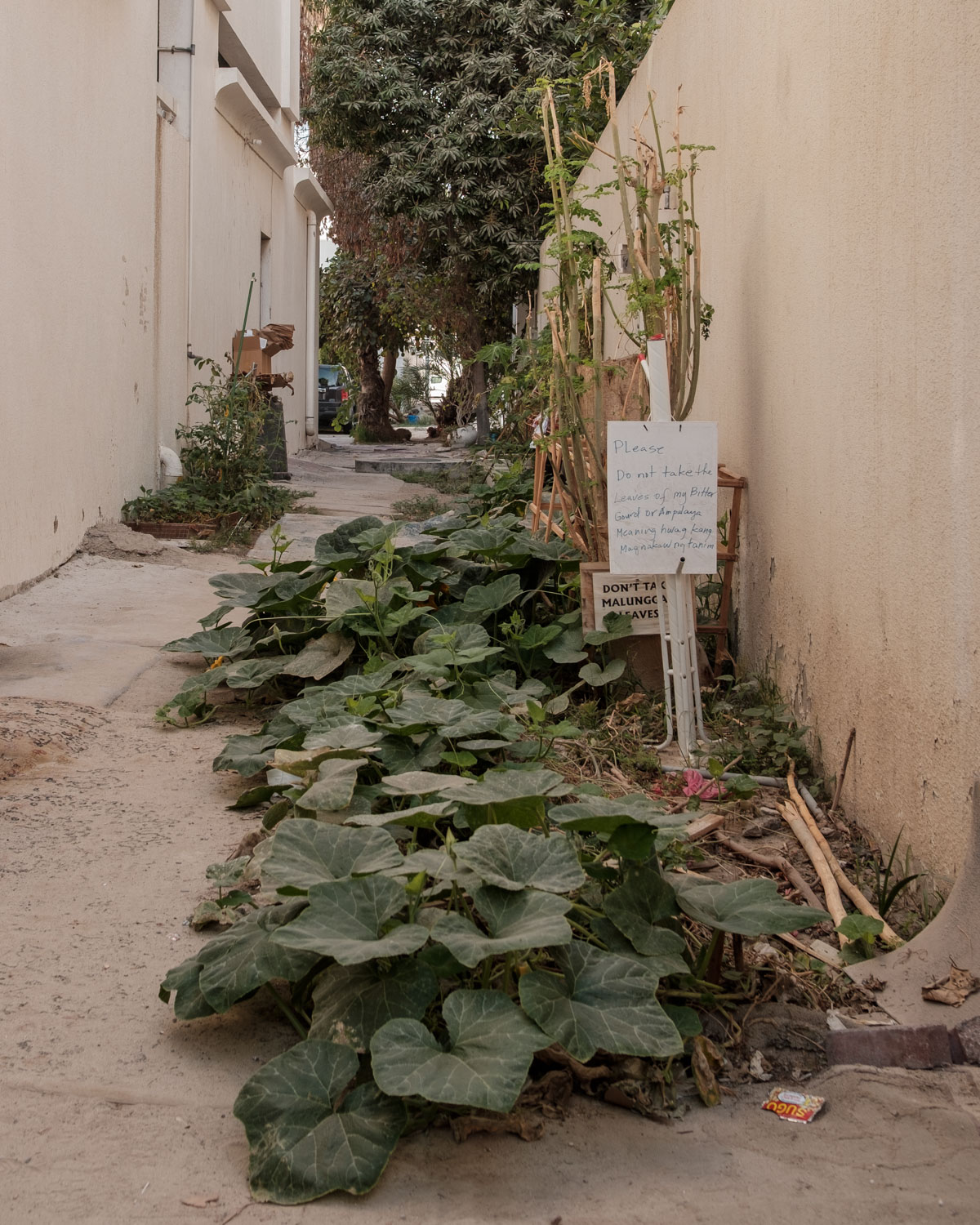


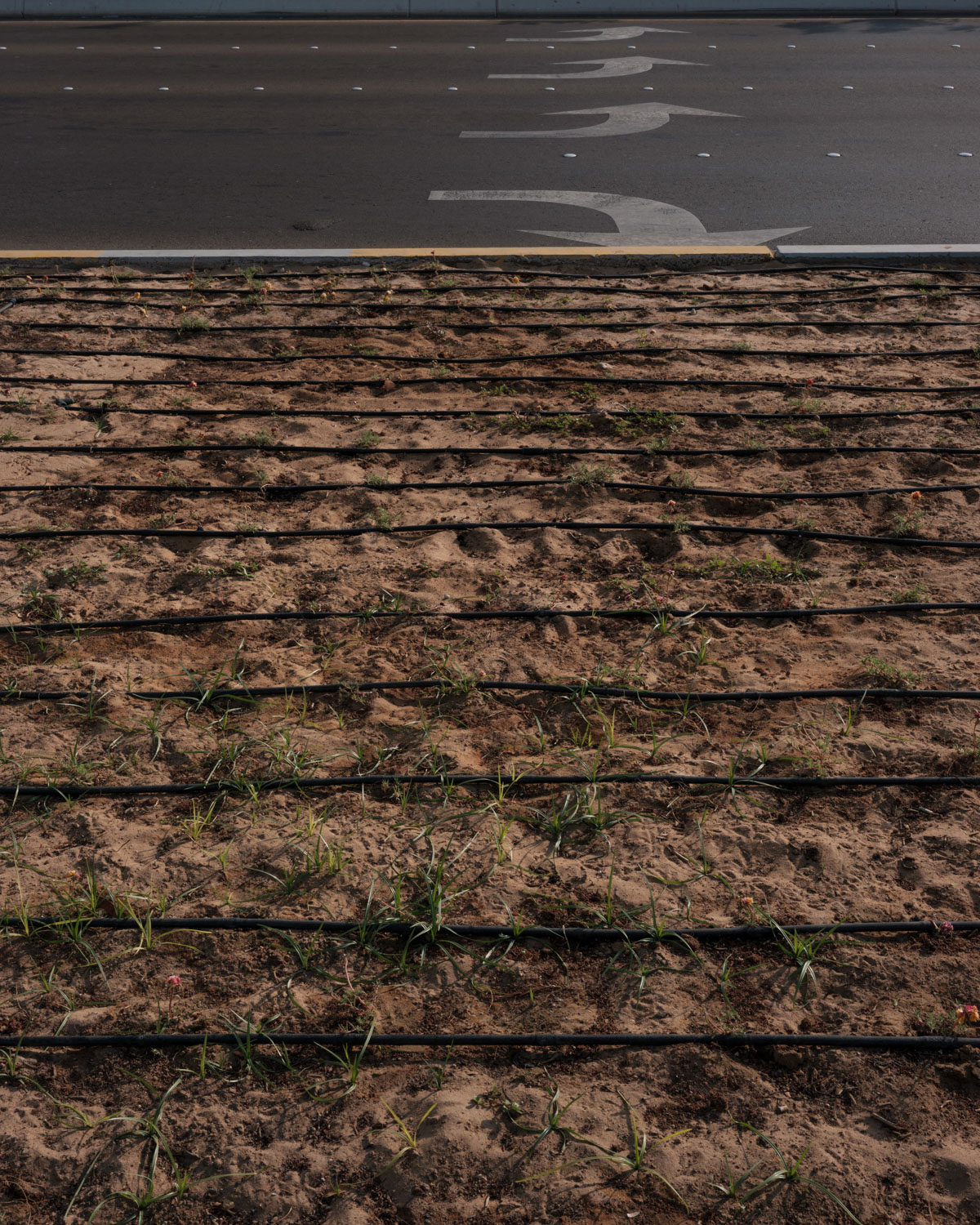
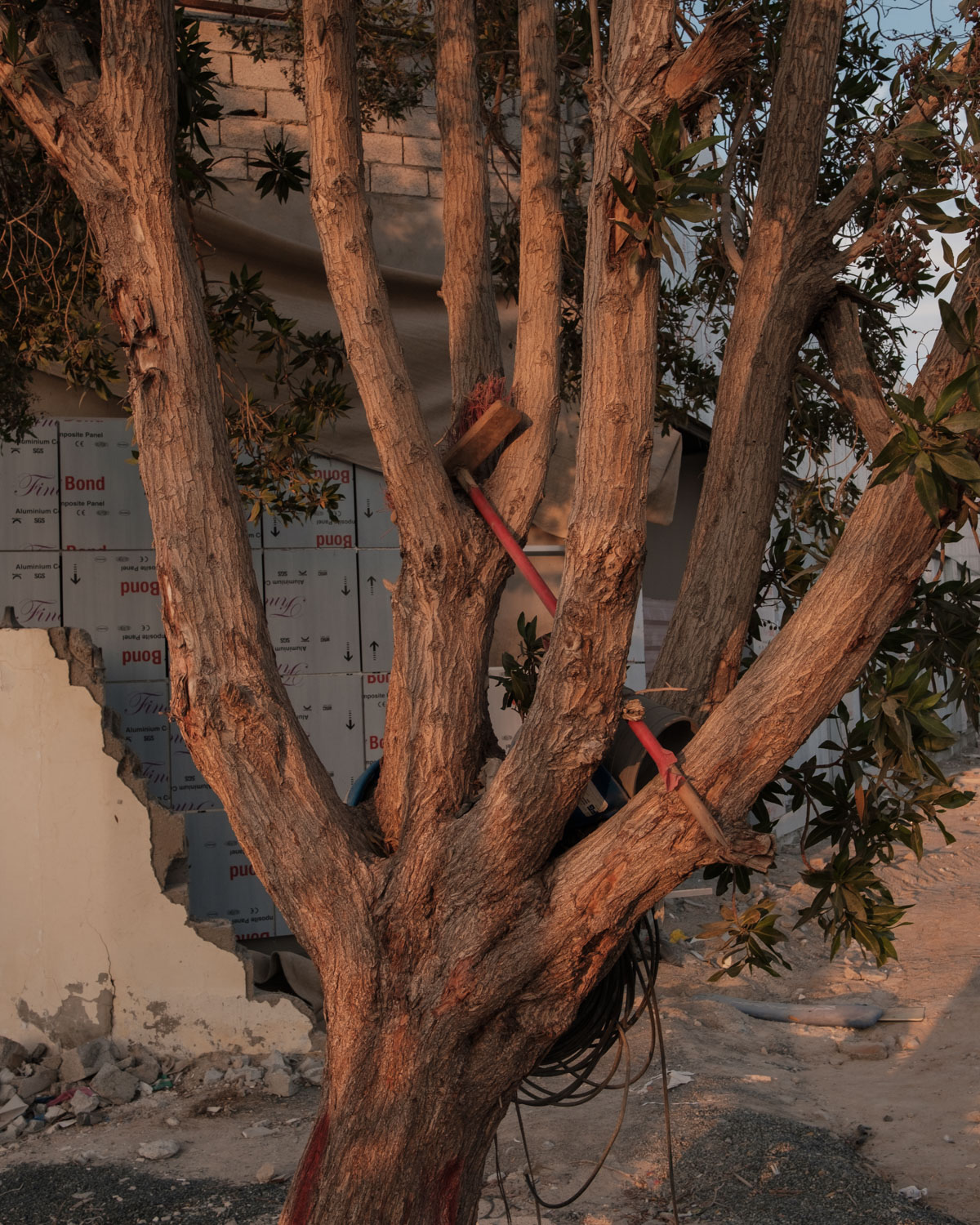
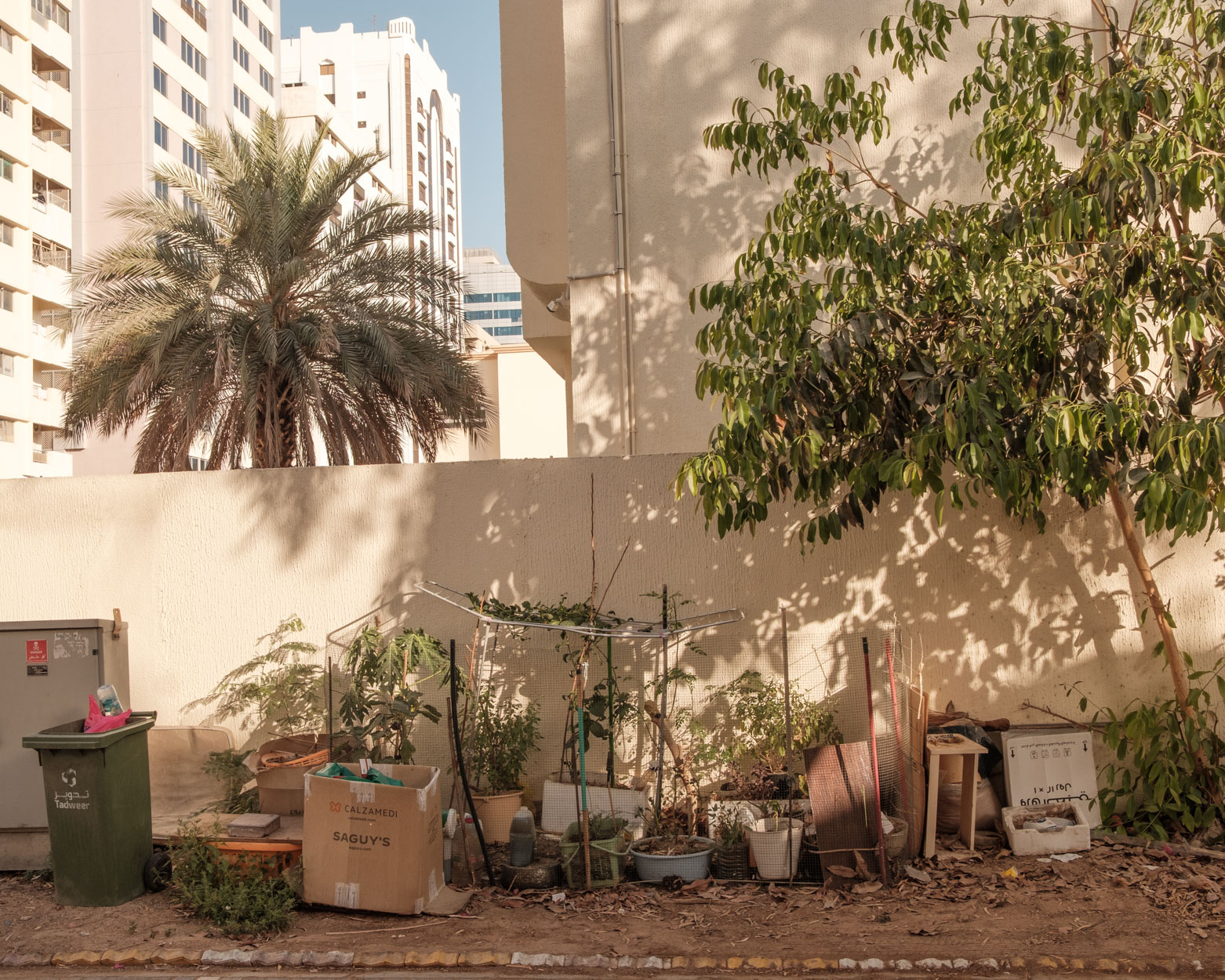
Anna Jopp
Anna Jopp is a Polish photographer currently living in the UAE. Her growing focus has been on how our relationship with the more-than-human has been shaped by the anthropocentric view of the world, the representation of plants in art or science as well as commodification of nature. She also explores how the perception of climate change is shaped by one’s own experiences of environmental loss.

